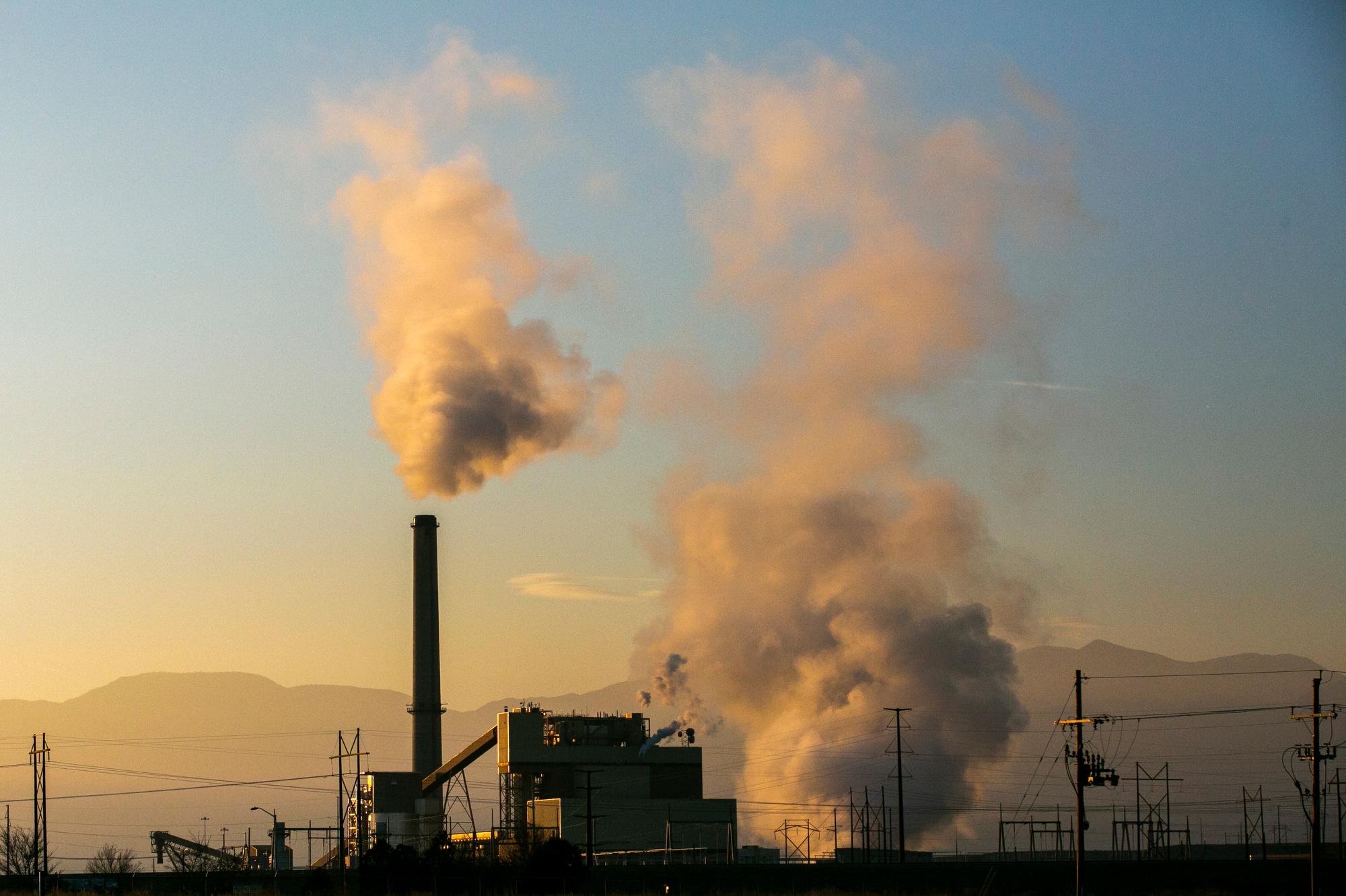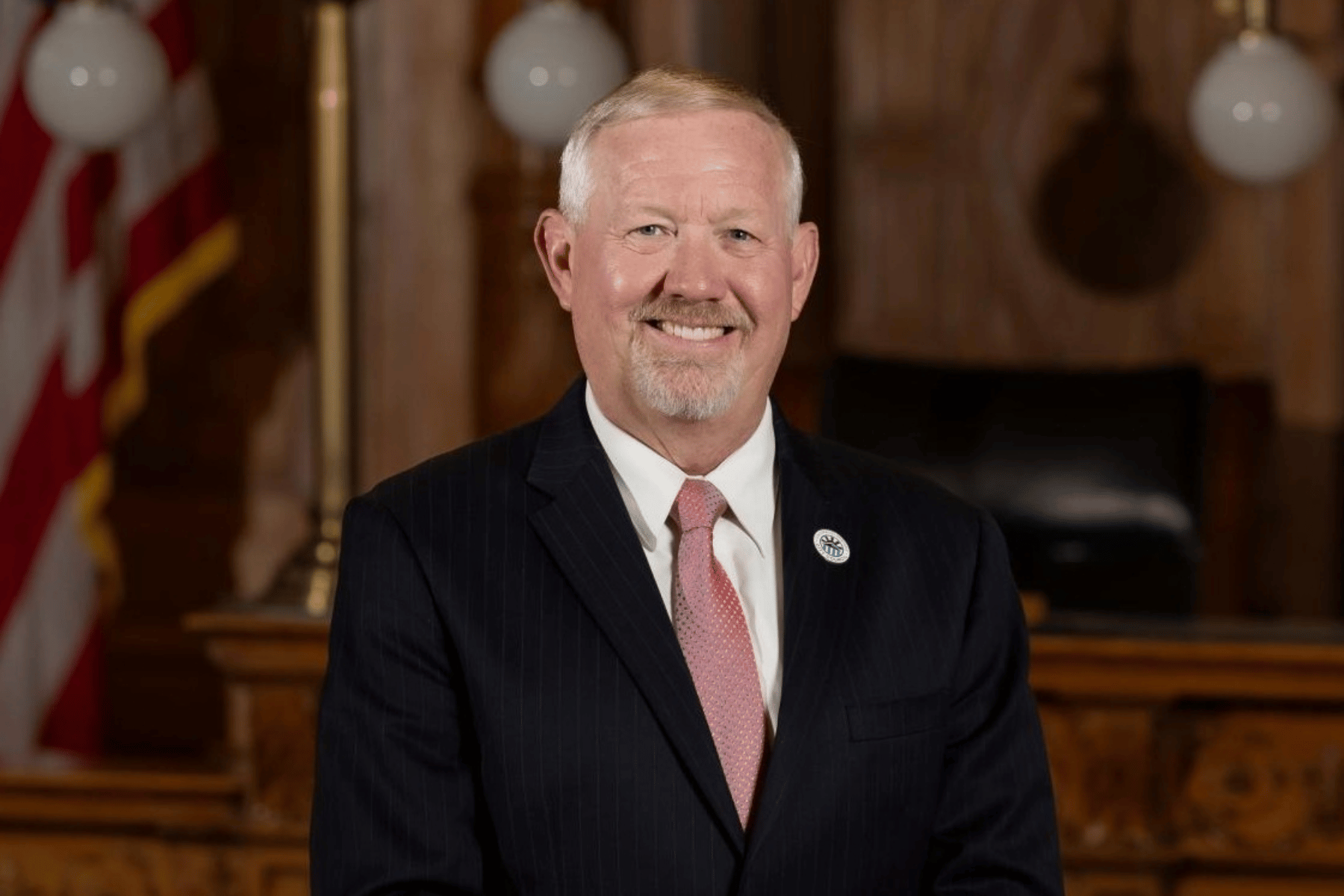
About a dozen miles south of Colorado Springs, a smokestack rises from a cluster of boxy beige buildings, flanked by a giant mound of coal and a web of metal power lines.
Built in 1980, the Ray D. Nixon Power Plant is the city’s last remaining coal-fired power facility. Its combination of gas- and coal-powered generators have the capacity to produce more than 260 megawatts of electricity.
Colorado Springs Utilities had planned to close it at the end of 2029. Now, Travas Deal, the CEO of the city-owned utility, warns that transitioning away from the coal plant could inflate bills and put the grid at risk.
“What we're looking at is an option to utilize Nixon to help maintain reliability and to keep cost points as low as possible as we look for a longer-term decarbonization strategy,” Deal told CPR News.
Delaying the power plant’s planned closure comes at a critical moment for Colorado’s climate ambitions.
To meet state emission targets, Gov. Jared Polis’ administration has banked on utilities following state laws and shifting away from coal-fired power plants. That plan, however, now faces economic headwinds due to the rising cost of solar and wind, plus a Trump administration determined to protect fossil fuels.
Colorado Springs Utilities officials say those circumstances require it to reassess plans to close the power plant.
Over the last few months, Deal approached state regulators for permission to keep the facility open longer than currently planned and initiated meetings to share concerns with the U.S. Environmental Protection Agency. The federal agency cited those conversations extensively in its draft decision to reject parts of a state air quality plan, which would have codified Ray Nixon’s 2029 retirement date into federal law.
Environmental groups are now worried that the utility’s efforts could undermine the state’s energy transition. All six coal-fired power plant facilities across Colorado are currently scheduled to close by 2031.
“It is very concerning to have one of the major utilities in the state backtracking on commitments they’ve made when those commitments are an essential part of meeting state climate goals,” said Matt Gerhart, an attorney for the Sierra Club.
How Ray Nixon became Colorado Springs’ last coal plant.
In 2020, the board governing Colorado Springs Utilities voted to accelerate the closures of the Ray Nixon and the Martin Drake coal power plants.
It was a decision partly driven by the passage of a framework meant to kickstart an energy transition. Colorado’s Climate Action Plan, enacted in 2019, requires public utilities to reduce their greenhouse gas emissions by 80% of 2005 levels by 2030. The planned closure of the Ray D. Nixon Power Plant was a key component of CSU’s strategy to meet those mandated reductions.
The utility demolished Martin Drake in 2023. Deal oversaw the closure after earning a promotion to serve as CEO a few months earlier. While he previously helped manage a coal-fired power plant in Indiana, Deal said he isn’t biased in favor of coal.
“I shut down Drake 10 years ahead of schedule, if that tells you anything,” he said. “What I do is try to do what's right for the company at the time.”
Deal, however, pushed back against any assertion that coal plants are a major source of air pollution, saying, “Interstate 25 here creates a lot more pollution than a coal plant.” And while he thinks coal “doesn’t have a long-term future,” he also said the energy source has been unfairly "villainized."
Deal also argued that current zero-carbon electricity sources — like wind, solar and grid-scale batteries — can’t yet replace the 24/7 baseload energy offered by a coal plant. Colorado Springs Utilities is currently evaluating nuclear as a future energy source.
One of the primary concerns driving CSU’s push to keep the Ray D. Nixon Power Plant operating is the rising cost of renewables. The utility recently considered proposals to build a vast amount of new wind and solar energy, but concluded they would be too expensive in February 2025.
According to Deal, the high price tag stems from a combination of factors: a congested supply chain, heightened demand across the energy industry, raw material shortages, tariffs and recent policy changes by the Trump administration.
Energy providers across Colorado, including Xcel Energy, have also expressed reservations about grid reliability and maintaining rates as utilities decarbonize.
Meanwhile, environmental advocates argue that CSU’s decision not to acquire renewables is short-sighted and could end up hurting ratepayers.
“If CSU keeps waiting to replace Nixon, the cost of replacement resources may go up, especially if CSU waits too long to take advantage of the shortened timeline for wind and solar tax credits," Gerhart said.
Polis considers keeping the power plant open longer than planned
At a press conference last Thursday, Gov. Jared Polis, when asked about the proposed delay, said closing the power plant remains cost-effective in the long run, but he understands the utility also must weigh the risks of moving too quickly.
“Generally speaking, of course, coal is the most costly form of energy on the grid,” Polis said. “I think they're [CSU] just trying to figure out the date that makes sense to close down their higher-cost coal power plant. And of course, the more renewable energy we have online sooner, that's lower cost, then the sooner that can occur.”
Deal confirmed CSU approached the EPA about keeping the Ray D. Nixon Power Plant open past 2029. He also said those conversations weren’t an attempt to go over the heads of state authorities, but rather a necessary step to eventually arrive at a workable solution.
While state law remains in place, Gov. Polis signaled he was open to reconsidering the current retirement date.
“Whether it's 2033, 2034, we want to do something that makes sense,” Gov. Polis said.









